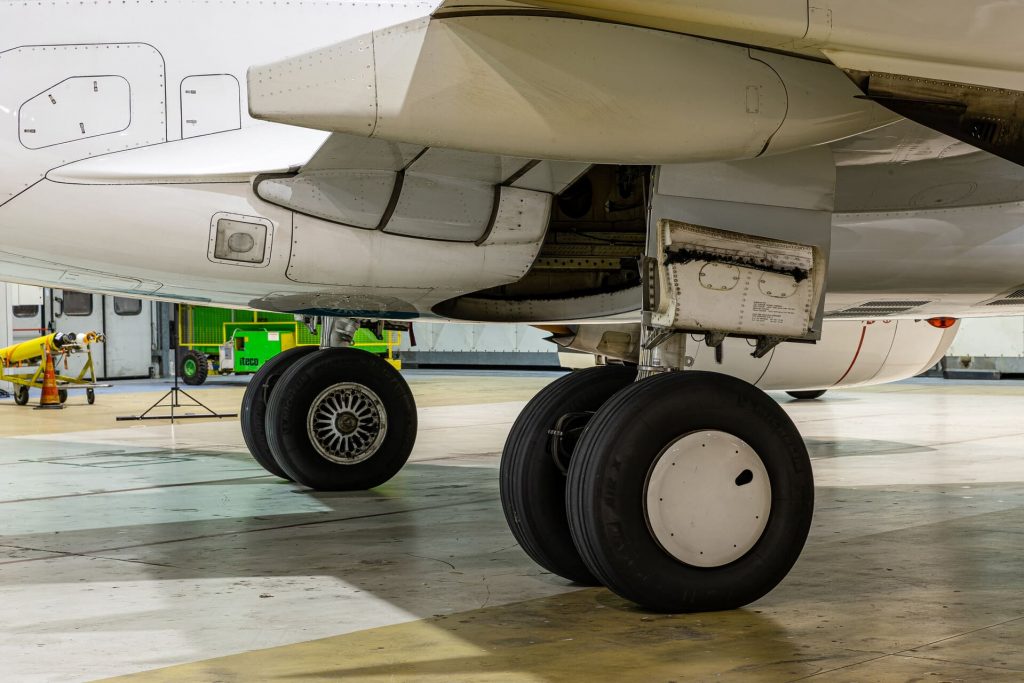If you follow the #AvGeek column on our blog, then you already know how aircraft landing gear is made. However, you still might not know about one crucial detail that guarantees a safe and comfortable flight: aircraft tyres.
Aircraft tyres are very different from the ones used for cars. They’re designed to withstand variable temperatures, extreme cargo conditions and high speeds.
For example, an aircraft in the
Air Dolomiti fleet, with around 120 passengers on board, weighs about 46,000 kg and reaches 250 km/h during landing.
The structure of aircraft tyres
The structure of the tyres used in civil aviation includes
different elements, each of which has a specific role in the overall performance.
- Tread. This is the layer of the tyre that comes into contact with the runway. It’s made of a highly resistant rubber compound which can withstand wear and high temperatures, and give optimal traction.
- Steel belt. This gives the tyre greater structural resistance. Steel helps to keep the shape of the tyre unaltered even under heavy cargo and at very high speeds.
- Casing. This is the main piece of the tyre and it contains the air that withstands the weight of the aircraft. It’s made of resistant materials such as nylon or Kevlar, giving flexibility and strength to the structure.
- Reinforced sidewall. This additional element gives the tyre more side stability during landing and takeoff, avoiding the risk of structural damage.

Maintenance of aircraft tyres
Constant and correct maintenance of all aircraft parts is fundamental to guarantee the safety of flights and airport activities. Airlines carry out interventions and checks on tyres in compliance with regulations, and they follow strict protocols to ensure that they’re always in optimal condition.
Assigned technicians conduct regular inspections to locate any damage or signs of wear and they assess the structural integrity of landing gear and tyres. Tyre pressure is checked at the airport and tyres are inflated accordingly to ensure best performance.
Tyres are replaced periodically in compliance with a protocol following the manufacturer’s specifications and the guidelines of the authorities. Just to give you an idea, the tyres of an airliner can withstand between 200 and 900 landings, whereas the tyres of military aeroplanes last a lot less time, between 50 and 60 landings.

